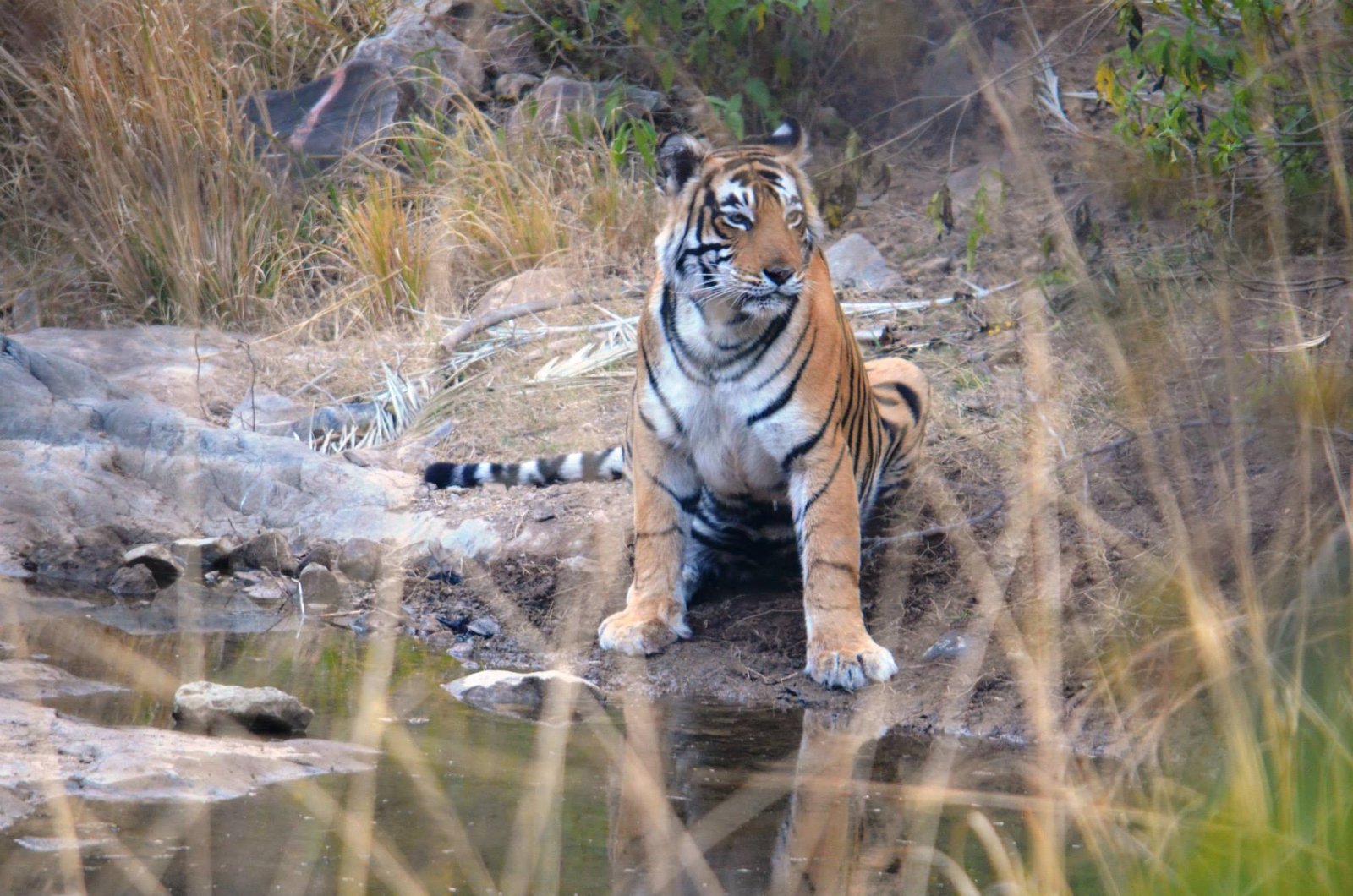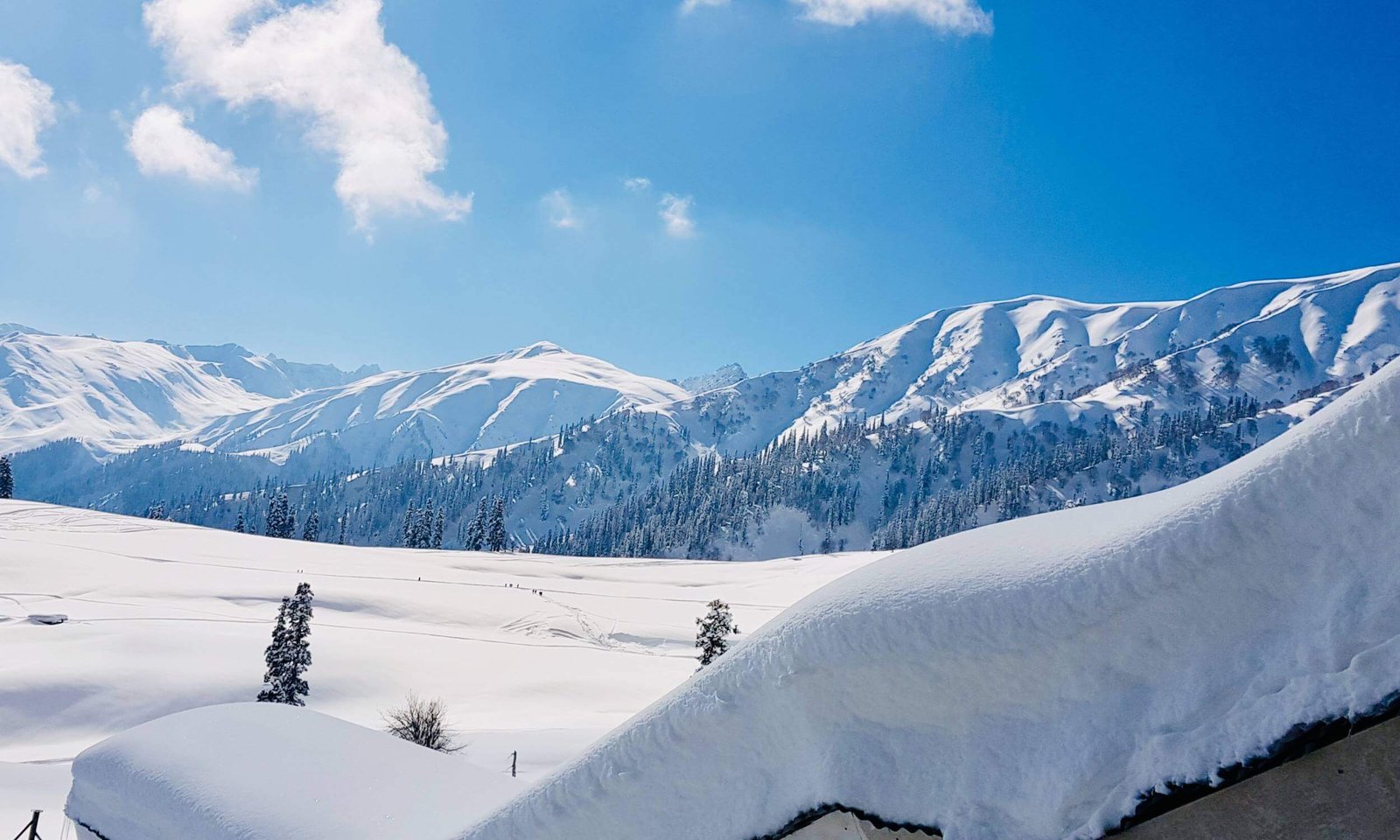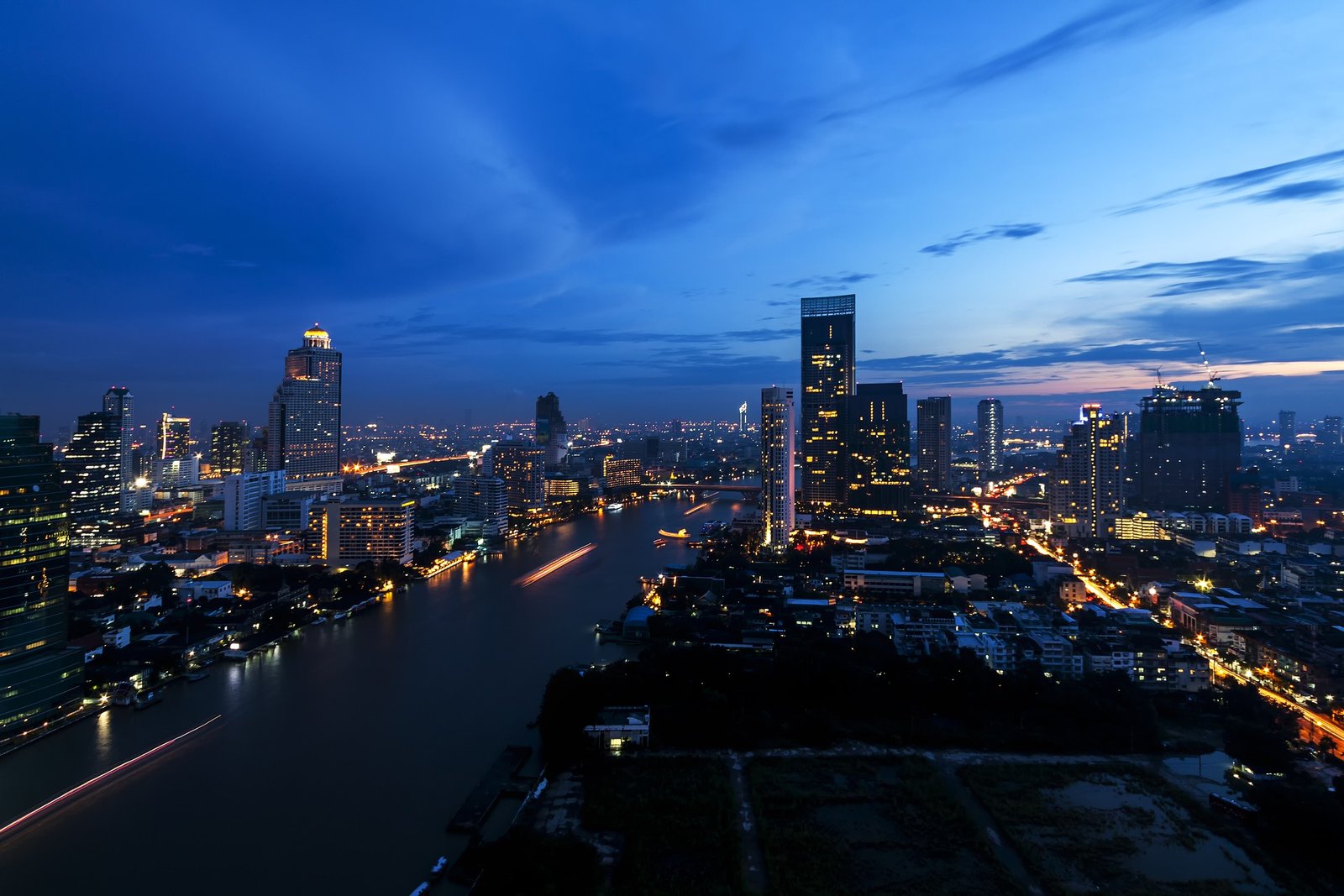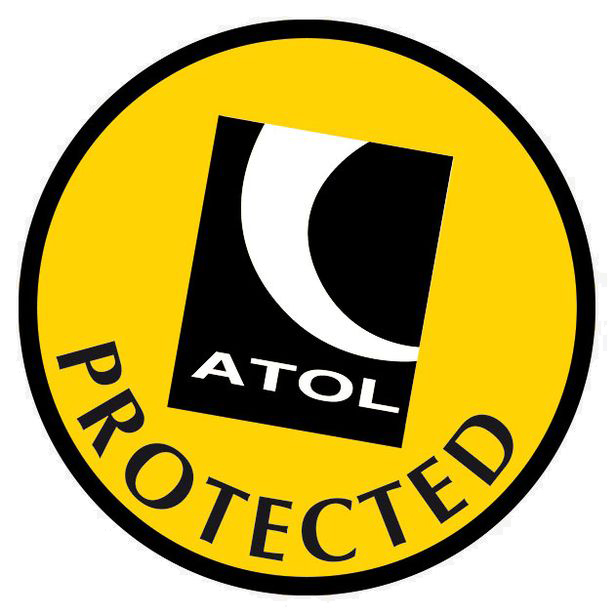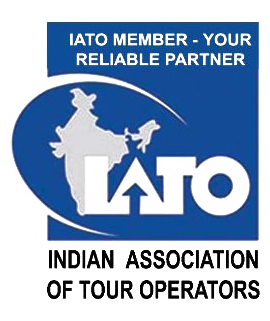Thailand is the only country in South East Asia never to have been colonised and this is reflected in the strong minded, independent and friendly nature of the Thai people.
Long popular for its exotic beach and island resorts, Thailandalso has a wealth of cultural attractions to capture the heart and mindof the visitor. These include the World Heritage Sites of Sukhothai and Ayuthaya as well as the mountainous regions of Chiang Mai, Chiang Rai and Mae Hong Son, home to a number of migrant hill tribes from Myanmar, China and Tibet.
Tourist Information
Key Facts
Capital: Bangkok
Area: 514,000 sq km
Population: 64.6 million
Languages: Thai, with a little English spoken in the cities
Time: GMT + 7 hours
Currency: Baht
Electricity: 220V, 50Hz cycle
Religions: 90% Theravada Buddhist
Visa Formalities: UK citizens do not need a visa if visiting for a period of less than 30 days
When To Go
Northern Thailand follows a three-season pattern with dry and coolweather from November to March, hot weather from April to June andrains from July to October.
The southern parts of Thailand have further rains from November toJanuary. Overall the best time to visit is from November to March.
However, April to November is a good time to visit the eastern coastand Koh Samui as they receive very little rain when the western coastis experiencing the monsoon.
What To See
Bangkok
This hectic, bustling capital is one of the most urbanised, modern cities in Southeast Asia and a true assault on the senses. First on the ‘must-see’ list are Wat Phra Kaeo and the Grand Palace. Also called ‘Temple of the Emerald Buddha’ these extremely colourful structures were consecrated in 1782, the first year of Bangkok rule. The Grand Palace Hall is unique in the way it blends Italian Renaissance and traditional Thai architecture.
Other highlights include: Wat Pho, the oldest temple in Thailand, complete with a huge reclining Buddha; the National Museum housing fine examples of Thai art of all periods and styles; and the Vimanmel Teak Mansion, a former residence of King Rama V and said to be the world’s largest teak building.
A number of excellent excursions are also possible from Bangkok. Damnoen Saduak Floating Market is located southwest of the city and is a wonderful collection of wooden canoes laden with colourful fruits and vegetables. North of the capital is Ayuthaya, spectacular ruins of the former capital dating from 1350 to 1767. Southwest and accessible in a day is the town of Kanchanaburi where you can see the infamous ‘death railway’ and a little further north the famous bridge over the River Kwai.
Sukhothai
The original capital of the first Thai kingdom, Sukhothai and its associated historic towns are a World Heritage Site blessed with a unique mix of Burmese, Khmer, Sri Lankan and Thai styles of architecture.
Chiang Mai
Thailand’s second largest city is located in the north of the country and enjoys a more relaxed atmosphere than Bangkok. One of the biggest attractions is the night market, a legacy of the Yunanese trading caravans that stopped here along the ancient trading route between Simao in China and Moulmein in Burma. Doi Suthep, about 16km from the city is one of northern Thailand’s most sacred temples.
Chiang Rai & The Golden Triangle
Chiang Rai is the northernmost province of Thailand and lies in the ‘Golden Triangle’, where Thailand, Laos and Myanmar meet. Renowned for its beautiful mountain scenery, it is also home to several hill tribes including Hmong, Karen, Lahu, Lisu, Akha and Mien.
National Parks
For those who would like to experience unspoilt natural surroundings, Thailand offers beautiful, lush green forests interspersed with waterfalls and full of interesting wildlife. Some are home to hill tribes and one can spend time among them, perhaps enjoying a meal.
Beach resorts
Thailand is justifiably famous for its exotic beaches. For more information see Thailand Beach Resorts
Climate
Most of Thailand has a Tropical wet and dry or savanna climate (Aw) according to the Köppen climate classification, while the South and the eastern tip of the East have a tropical monsoon climate (Am); countrywide, temperatures normally range from an average annual high of 38 °C (100.4 °F) to a low of 19 °C (66.2 °F).
During the dry season, the temperature rises dramatically in the second half of March, spiking to well over 40 °C (104 °F) in some areas by mid April when the Sun passes the Zenith. Southwest monsoons that arrive between May and July (except in the South) signal the advent of the rainy season (ruedu fon), which lasts into October and the cloud covering reduces the temperature again but the high humidity is experienced as ‘hot and sticky’. November and December mark the onset of the dry season and night temperatures on high ground can occasionally drop to a light frost. Temperatures begin to climb in January, and a hot sun parches the landscape. The dry season is shortest in the South because of the proximity of the sea to all parts of the Malay Peninsula. With only minor exceptions, every area of the country receives adequate rainfall, but the duration of the rainy season and the amount of rain vary substantially from region to region and with altitude. The Northeast experiences a long dry season although the dry 2007/2008 season lasted only from late November through mid March. Its red,(laterite) dense clayey soils retain water well, which limits their agricultural potential for many crops but is ideal for keeping the water in the paddy fields and local village reservoirs. The well drained, loose sandy alluvium of the Mekong flood plain is very fertile, the main crops being tomatoes on an industrial scale, tobacco, and pineapples.
VISA Information
ROYAL THAI EMBASSY LONDON
29 – 30 Queen’s Gate,
LONDON – SW7 5JB
Tel : 020 7589 2944 ext 5500.
Fax : 020 7823 7492
E-mail : csinfo@thaiembassyuk.org.uk
Website :http://www.thaiembassyuk.org.uk/visa
VISA REQUIREMENTS
British passport holders do not require visa to enter Thailand.
Note: The above is only for information purpose. Visa requirement might be changed by the concerned embassy, hence kindly visit the embassy website or speak to the concerned authority before applying for the visa.
Local Laws & Customs
Never become involved with drugs of any kind in Thailand. Possession of even very small quantities can lead to imprisonment. If you are found guilty of being in possession of marijuana you are likely to receive a long prison sentence plus a hefty fine. Amphetamines and Ecstasy are regarded as class A drugs and possession or trafficking of them carries the same penalties as, for example, heroin. If you are found guilty of being in possession of 20 grams, or more, of a class A drug at a point of exit from Thailand you will most likely be sentenced to death.
It is illegal to import more than 200 cigarettes per person into Thailand. The importation of more than 200 cigarettes will be met with a heavy fine and the confiscation of the cigarettes.
By law, tourists are expected to carry their passports with them at all times in Thailand.
There have been incidents where tourists have been arrested because they were unable to produce their passport.
It is a criminal offence to make critical or defamatory comments about the King or other members of the Royal family in Thailand. This offence is punishable by a sentence of three to fifteen years or longer.
Thai family law is very different from UK law and particular caution is needed when, for example, child custody becomes an issue.
People
Thailand’s people are largely Thais, although there are significant minorities of Chinese and assimilated Thai-Chinese throughout the country, Muslims in the south near the Malaysian border and hill tribes such as the Karen and the Hmong in the north of the country. The overwhelmingly dominant religion (95%) is Theravada Buddhism, although Confucianism, Islam, Christianity and animist faiths also jostle for position.
The people respects the royalty, the King and the Queen, very much. Even pointing fingers to the picture of them is considered bad.
Culture
Mainland Thai culture is heavily influenced by Buddhism. However, unlike the Buddhist countries of East Asia, Thailand’s Buddhists follow the Therevada school, which is arguably closer to its Indian roots and places a heavier emphasis on monasticism. Thai temples known as wats, resplendent with gold and easily identifiable thanks to their ornate, multicolored, pointy roofs are ubiquitous and becoming an orange-robed monk for a short period, typically the three-month rainy season, is a common rite of passage for young Thai boys and men.
One pre-Buddhist tradition that still survives is the spirit house (?????????? saan phraphuum), usually found at the corner of any house or business, which houses spirits so they don’t enter the house and cause trouble. The grander the building, the larger the spirit house, and buildings placed in particularly unlucky spots may have very large ones. Perhaps the most famous spirit house in Thailand is the Erawan Shrine in central Bangkok, which protects the Erawan Hotel (now the Grand Hyatt Erawan) – built in 1956 on a former execution ground – and is now one of the busiest and most popular shrines in the city.
Some traditional arts popular in Thailand include traditional Thai dancing and music, based on religious rituals and court entertainment. Famously brutal Thai boxing (muay Thai), derived from the military training of Thai warriors, is undoubtedly the country’s best known indigenous sport.
In addition to the mainland Thai culture, there are many other cultures in Thailand including those of the “hill tribes” in the northern mountainous regions of Thailand (e.g., Hmong, Karen, Lisu, Lahu, Akha), the southern Muslims, and indigenous island peoples of the Andaman Sea.
Food & Dining
The food alone is really reason enough for a trip to Thailand. Curries, fruit shakes, stir fries, fresh fish made a zillion ways – and that’s just the beginning. Food in Thailand can be as cheap and easy as 25 baht pad thai (Thai fried noodles) cooked at a street stall or as expensive and complicated as a $100 ten-course meal by a royal chef served in one of Bangkok’s 5 star hotels.
Since most backpackers will be sticking closer to the first than the second, one of the great things about Thailand is that food from stalls and tiny sidewalk restaurants is usually quite safe. Unlike some Asian countries, travellers should worry more about overeating or too much curry spice than about unclean kitchens and bad food. In fact, street restaurants, where you can see what you’ll get and everything is cooked on the spot can be a safe option.
Most Thai food is already cut into small pieces before serving or made soft enough to be cut with spoon or fork;’ thus, a knife is unnecessary. Saltshakers are rarely found on Thai dinner tables, so add a little caramel-color fish-sauce (called nam-pla in Thai) instead, if you find your food not salty enough. English is spoken in large restaurants in tourist provinces; and most establishments have menus in Thai and English, except street-side food stalls and some small restaurant. Beckon waiters with a wave of a hand. Don’t clap, snap fingers or hiss. Normally, a tip of 10-20 Baht or 5-10% of the bill should be left when dining in a middle or high-class restaurant.
Etiquette
Thai food is most commonly eaten with fork and spoon. Hold the spoon in your right hand and use it to eat, and reserve the fork for piling food onto your spoon. Chopsticks are only employed for noodle soups and East Asian-style dishes.
Thai food is meant for sharing. Everybody gets their own plate of rice and tiny soup bowl, but all the other dishes are laid out in the center of the table and you’re free to eat what you wish. Though some people believe that taking the last piece from a shared plate is considered slightly unlucky, and you may hear people make wishes for others to compensate for their own misfortune — a popular wish is that “may my girl/boyfriend be beautiful”!
Food is also generally brought out a dish at a time as it is prepared. It is not expected for diners to wait until all meals are brought out before they start eating as is polite in western culture. Instead they should tuck into the nearest meal as it arrives.
Stay healthy
The number one cause of death for visitors to Thailand is motorbike accidents, especially on the often narrow, mountainous and twisty roads of Phuket and Samui. Drive defensively, wear a helmet, don’t drink and avoid travel at night.
Stay safe
The number one cause of death for visitors to Thailand is motorbike accidents, especially on the often narrow, mountainous and twisty roads of Phuket and Samui. Drive defensively, wear a helmet, don’t drink and avoid travel at night.
Stay healthy
Being a tropical country, Thailand has its fair share of exotic tropical diseases. Malaria is generally not a problem in any of the major tourist destinations, but is endemic in rural areas along the borders with Cambodia (including Ko Chang in Trat Province), Laos and Myanmar. As is the case throughout South-East Asia, dengue fever can be encountered just about anywhere, including the most modern cities. The only prevention is avoiding mosquito bites; wear long pants and long sleeves at dusk in mosquito areas and use repellent (available at any Thai corner shop or pharmacy).
Food hygiene levels in Thailand are reasonably high, and it’s generally safe to eat at street markets and to drink any water offered to you in restaurants. Using common sense — eg. avoiding the vendor who leaves raw meat sitting in the sun with flies buzzing around — and following the precautions listed in Food poisoning is still advisable.
HIV/AIDS (adult infection rate is 1 in 66) and other sexually transmitted diseases are common, especially among sex workers. Condoms are sold in all convenience stores, supermarkets, pharmacies, etc. Avoid injection drug use.
There’s a pharmacy on every block in Thailand and most are happy to sell you anything you want without a prescription. However, this is technically illegal, and police have been known to occasionally bust tourists for possessing medicines without a prescription — even innocuous stuff like asthma meds.
Currency
Foreign visitors may freely bring in foreign currencies or other types of foreign exchange. Cheque or drafts brought in must be sold to a bank within 15 days of arrival. Upon leaving Thailand, they may freely take out all foreign exchange they have brought in. For residents, unlimited amounts of foreign notes and coins may be taken out for travelling expenses.
The amount of draft or Cheque is subject to the approval of the issuing bank. Foreign visitors may bring in and unlimited amount for Thai currency. For travelers leaving Thailand, both Thais and foreign, the maximum amount permitted to take out without prior authorization is 50,000 Baht per person or, of they are going to one of Thailand’s neighboring countries, 500,000 Baht per person. The basic monetary unit in Thailand is the Baht. A Baht is divided into 100 satang. The following coins and notes are currently in use:
Coins: 25 and 50 satang; 1, 5 and 10 Baht.
Bank notes: 10(brown), 20(green), 50(blue), 100(red), 500(purple) and 1,000(grey) Baht.
Major foreign currencies can be exchanged for Thai Baht with banks and authorized moneychangers. Major credit cards are also widely accepted in tourist centers.
Customs Regulation
Exports of Buddha images (except small ones carried on person), antiques and genuine works of art require export license from the Fine Arts Department. The shop you deal with can provide such service for you. Foreign tourists are allowed to take out gold ornaments free. But import and export of gold other than jewelry are subject to licensing; by the Ministry of Finance. It is prohibited by law to bring any of the following items into Thailand:
Narcotics (e.g., marijuana, hemp, opium, cocaine, morphine, heroin)
Obscene literature or pictures
Firearms or ammunition – unless a permit has been obtained from the Police Department or the local Registration office.
Piranha and certain species of fruits, vegetables and plants. (Contact the Agricultural Regulatory Division, Bangkhen, and Bangkok for details.)
One still camera with 5 rolls of unused film, one movie camera with 3 rolls of unused film and used household effects may be brought in free of duty.
Shopping
Bargaining is an art long practiced in Asian countries including Thailand. So feel free to ask for a proper discount when shopping in places where prices are not marked. Be careful in dealing with sidewalk vendors who may not offer genuine goods at fair prices. Receipts should be obtained for the goods you buy. For jewelry you must get a certificate for guarantee as well. Some shops can offer a money-back guarantee but you should clearly determine all conditions with the shopkeeper beforehand.



